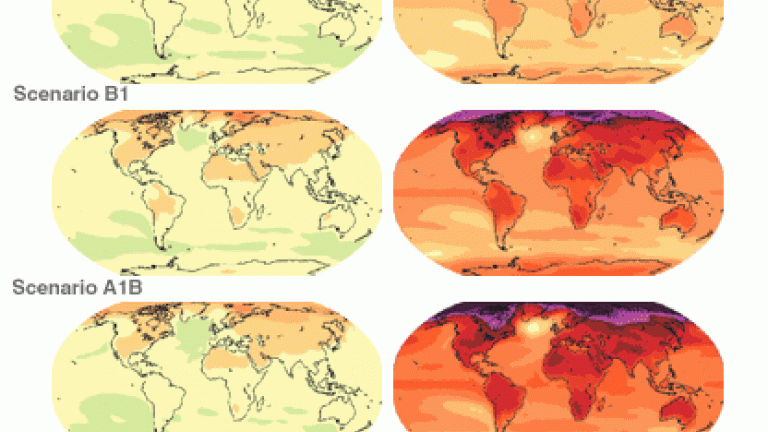
"Dramatic climate disruption and massive economic losses are coming in just a few decades, not centuries, if we continue along our present path of inaction" notes Frank Ackerman (Synapse Energy Economics & former lecturer at the Department of Urban Studies and Planning), citing an ever increasing body of academic reports and articles.
Why, despite ominously large foreshadowing of the lifetime damages per ton of carbo dioxide, is there such deep uncertainty and a wide scale of value for those damages?
In Climate Damages: Uncertain but Ominous, or $51 per Ton? Ackerman explores the models used to project future costs, their reliability, and what uncertainty means for climate policy. Read Ackerman's full posts, part one - part two.






